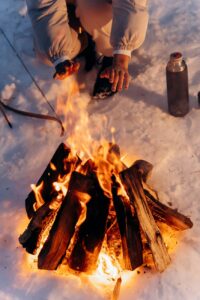The year 2022 started with a bang! The news headlines alone have been enough to get most people motived into emergency prepping. Understanding the Rule of 3’s, this will help you prioritize your preps which will help to keep you alive.
Granted, it can be overwhelming to know how to start a preparedness program for your home.
3 seconds without blood
3 minutes without air
3 hours without shelter
3 days without water
3 weeks without food
When you follow the Rule of 3’s during peaceful times, you will understand better where to begin your prepping. However, if you find yourself in an emergency situation, you will know where your priorities are to survive your current situation.
3 Seconds Without Blood – Trauma Kit
After a natural or man-made disaster, help can be days away. If you are hit by a bullet or debris, every second is crucial to prevent blood loss. A basic first aid kit will not cut it. You will need to think outside the box.
Consider supplementing your first aid kit with a trauma kit. A trauma kit is designed to treat major injuries or control bleeding until professional medical attention arrives.
A trauma kit should include the following:
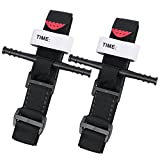
Tourniquet: When properly used, a tourniquet can be the difference between life and death. No medical kit should be without at least one.
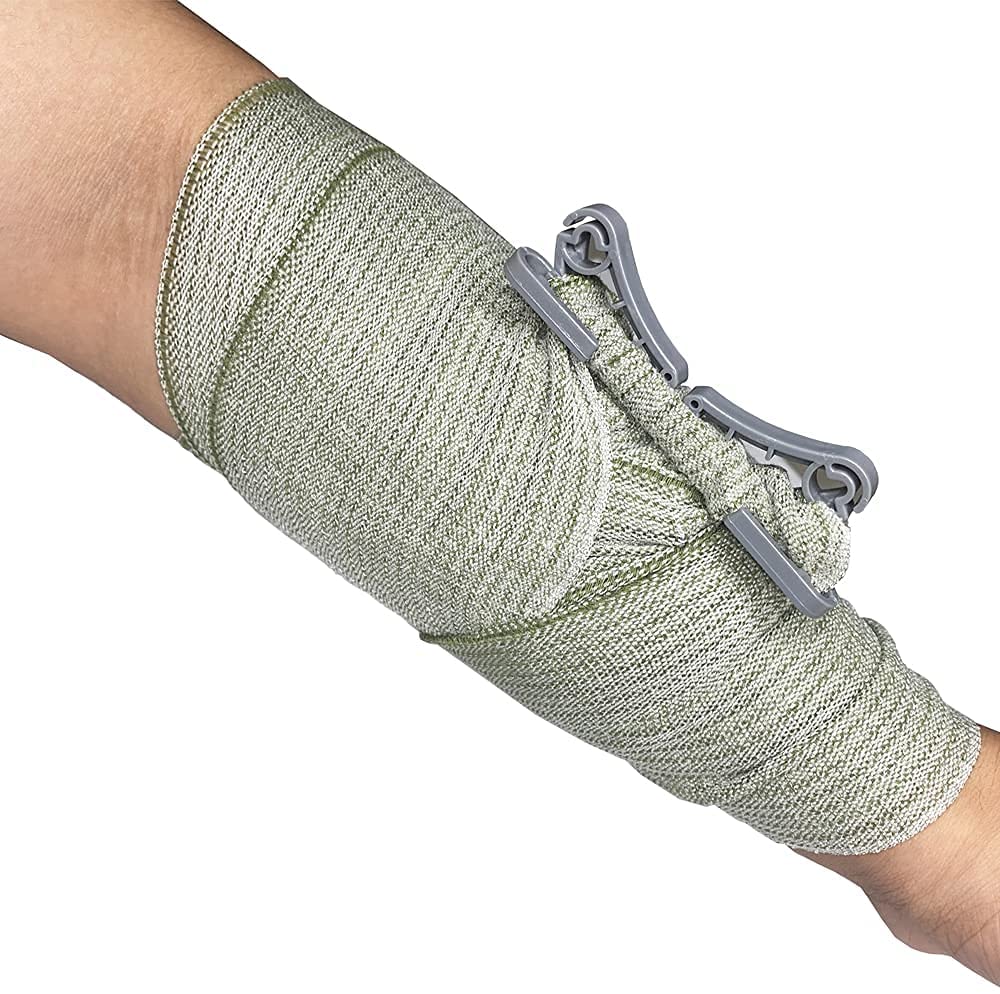
Pressure Bandage: A pressure bandage is intended to compress a wound in order to prevent excessive blood loss. Ideally, the bandage is able to stop or slow bleeding enough that normal blood clotting is allowed to occur.
Potential uses include bandage to provide direct pressure, pressure device for junctional wounds, splint, and a sling.
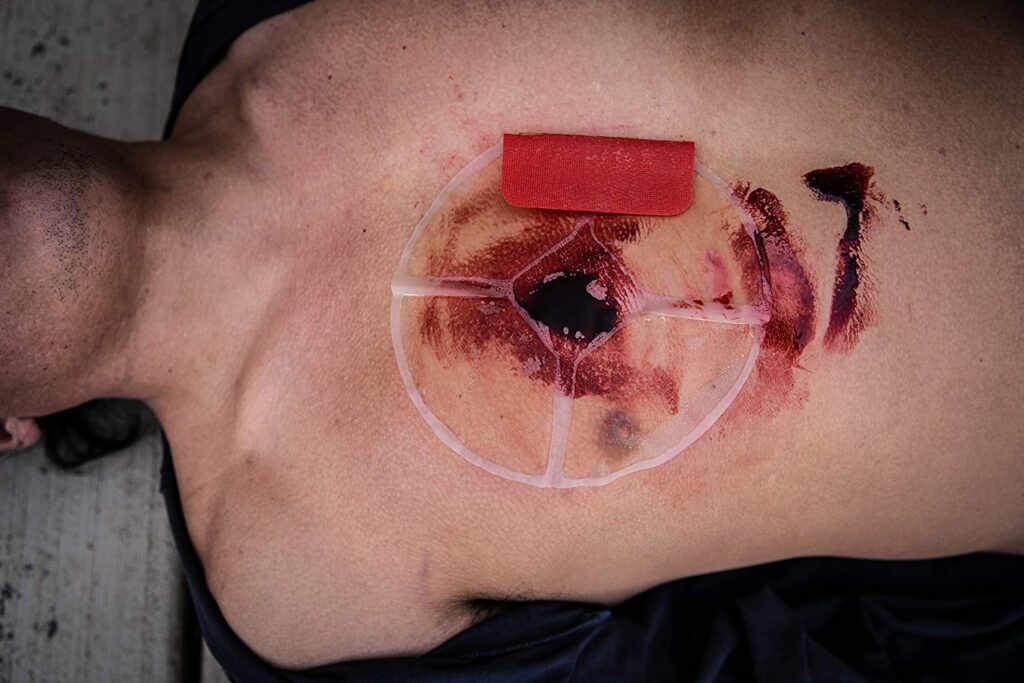
Chest Seals: Chest seals are used to treat deep cuts or puncture wounds in the chest, abdomen, and neck. They have been tested and designed to stick on moist skin.
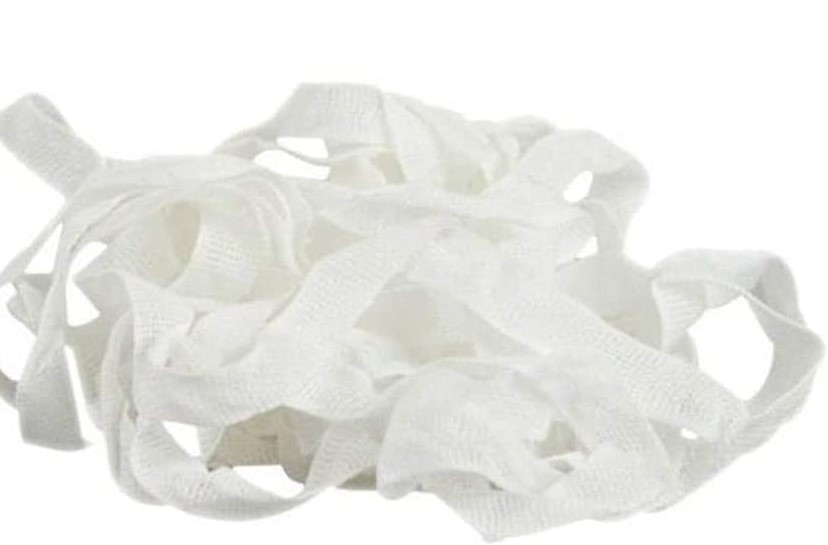
Wound Packing: Wound Packing is intended to plug holes in the body and soak up the blood. The dressings are impregnated with substances that aid the body’s natural ability to clot.
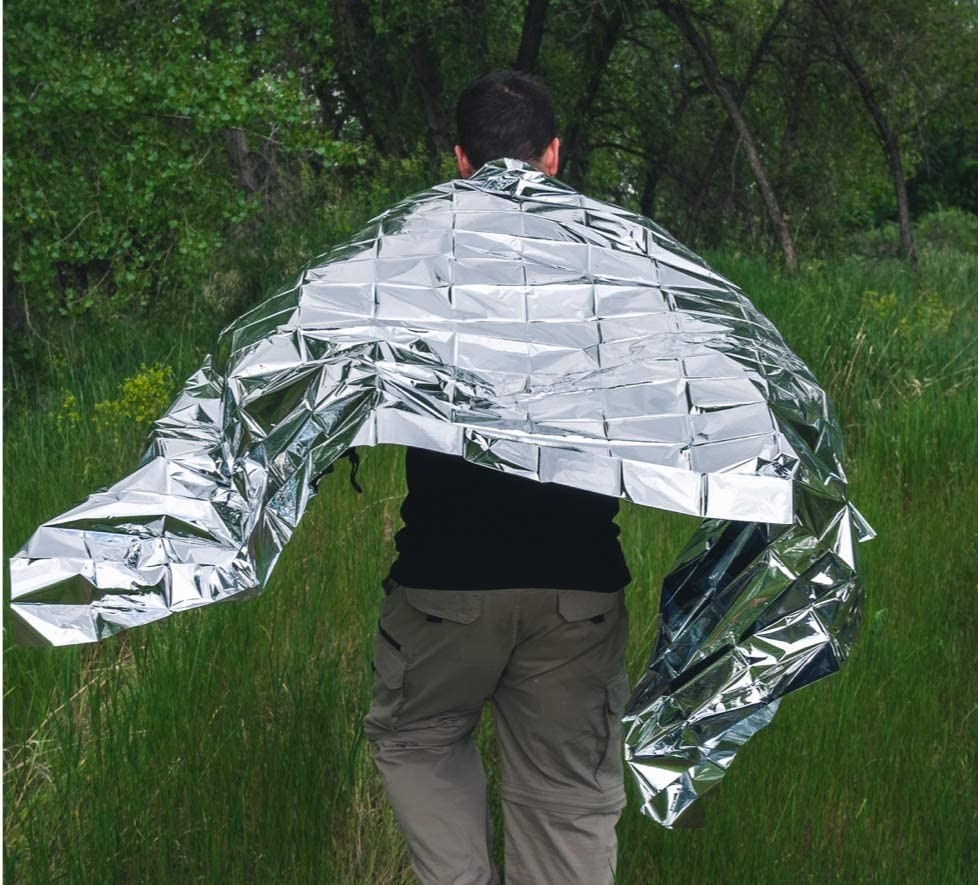
Emergency Blanket: Trauma patients are at risk of becoming hypothermic regardless of the outside temperature. Loss of blood will eventually result in shock, which simply means the body is unable to provide oxygen to the cells and keep the body warm.
These lightweight blankets will not take up much room and are lightweight.
3 Minutes Without Air – Breathing Emergencies
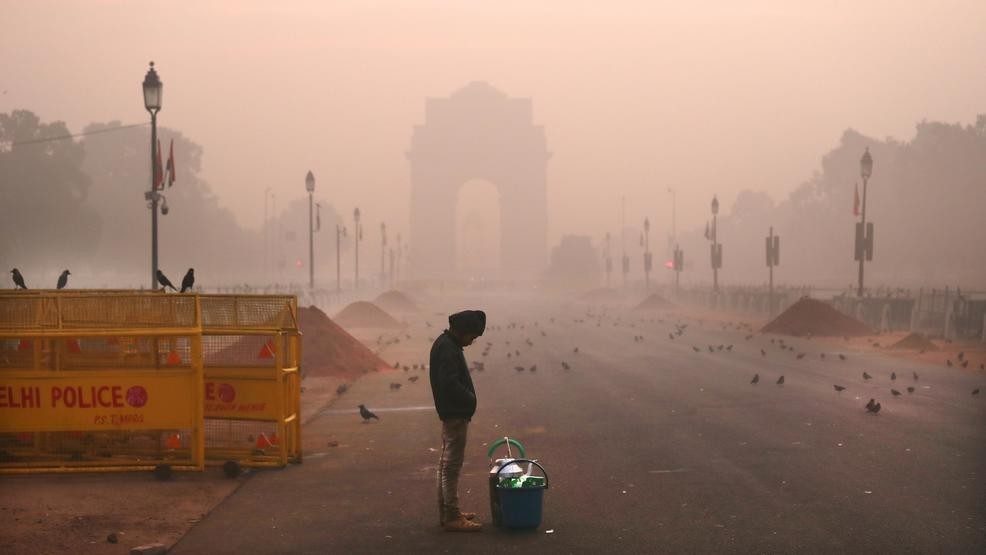
Breathing emergencies can be a result from an obstruction or another medical emergency such as a heart attach or drowning. Learning how to do the heimlich maneuvaer or CPR can help save a life when minutes count.
Another breathing emergency includes biochemical or chemical attacks. The best you can do in this scenario is to shelter in place, seal a safe room with plastic sheathing and duct tape, and await further instructions.
For all other particles and dust emergencies, a dust mask can help maintain your breathing.

3 Hours Without Shelter – Stay Dry and Out Of The Sun
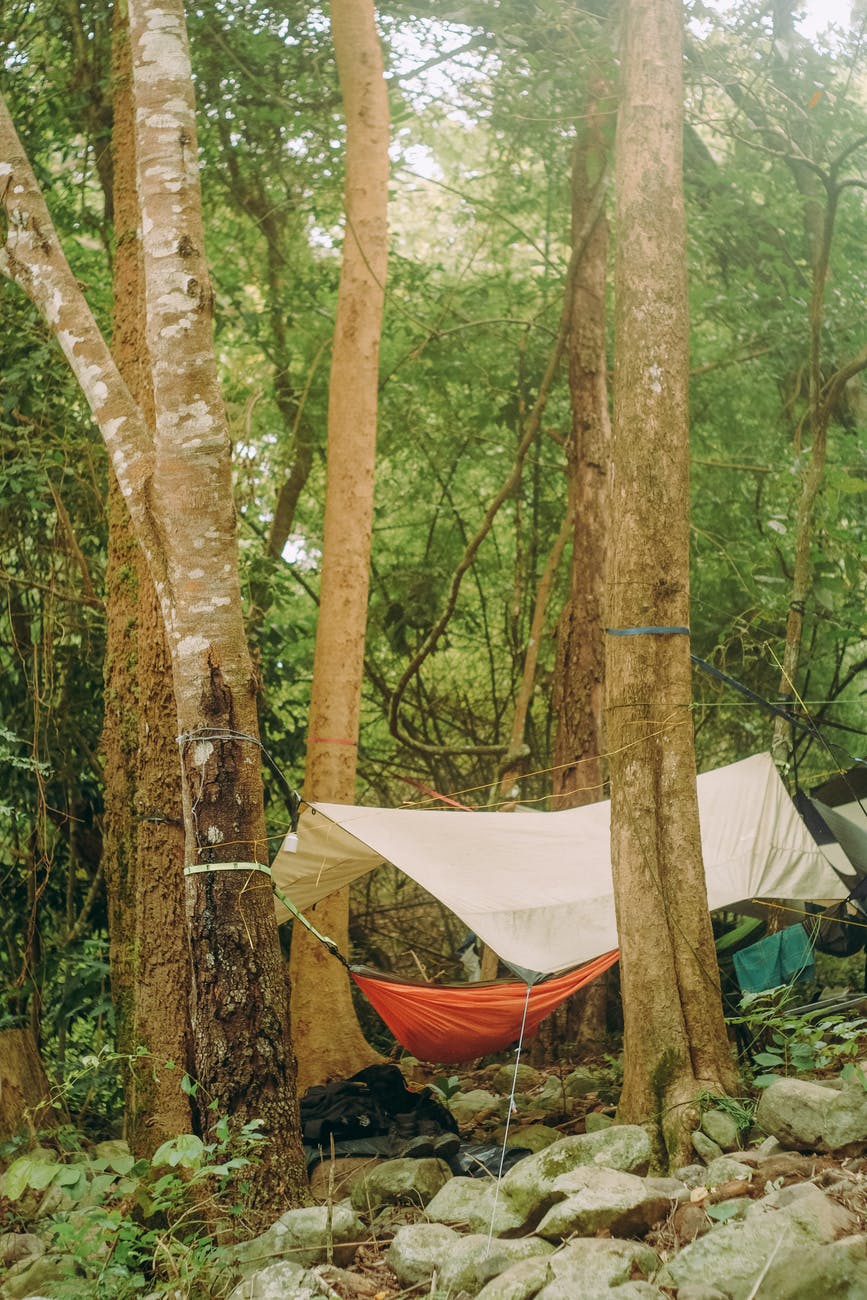
Having shelter will keep both wind and rain off of you, or at least reduce its effects upon you. It will enable you to keep more of your precious body heat.
If the body cannot thermoregulate itself to maintain an ideal core temperature range, death may occur as a result of hypothermia, becoming too cold, or hyperthermia, becoming too hot.
It doesn’t need to be anything fancy. A simple tarp cover can protect you from the rain and direct sun.
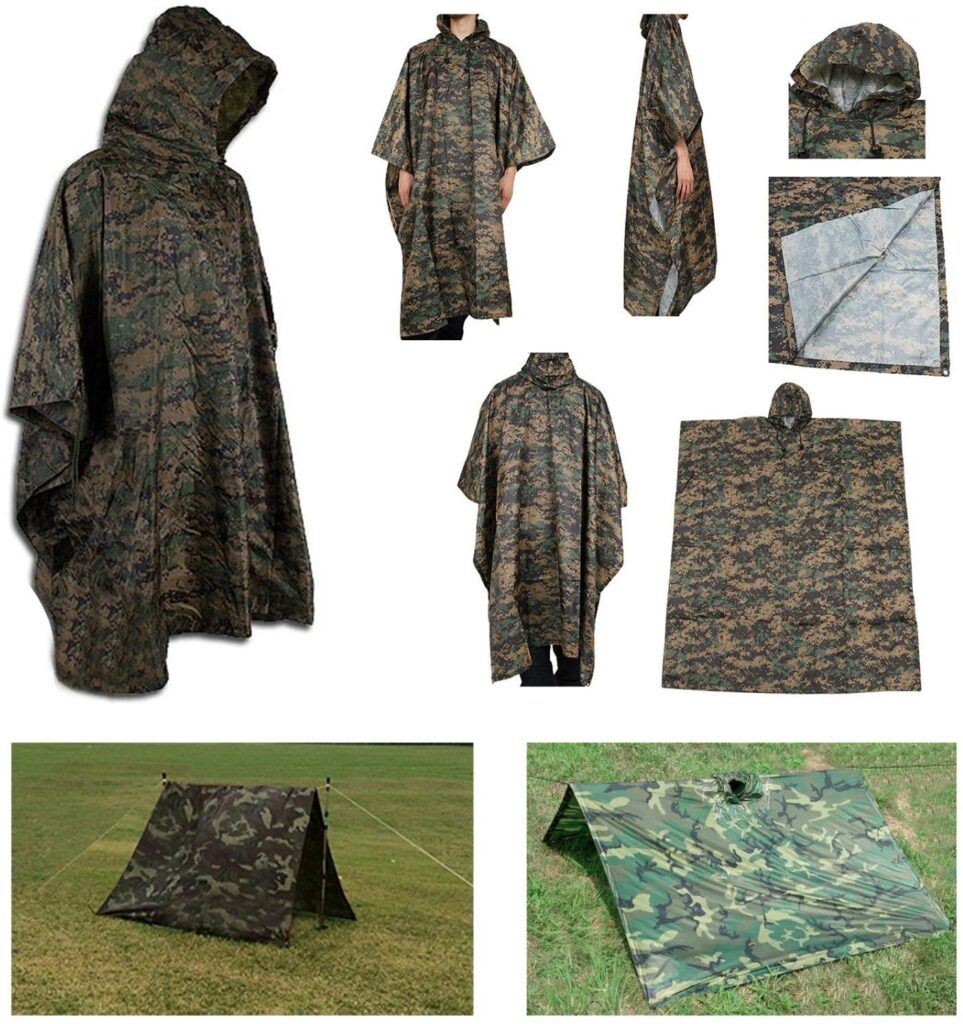
Military type rain ponchos that can double as a tarp is a great option to have in your bug out bag.
3 Days Without Water – Drinking Water
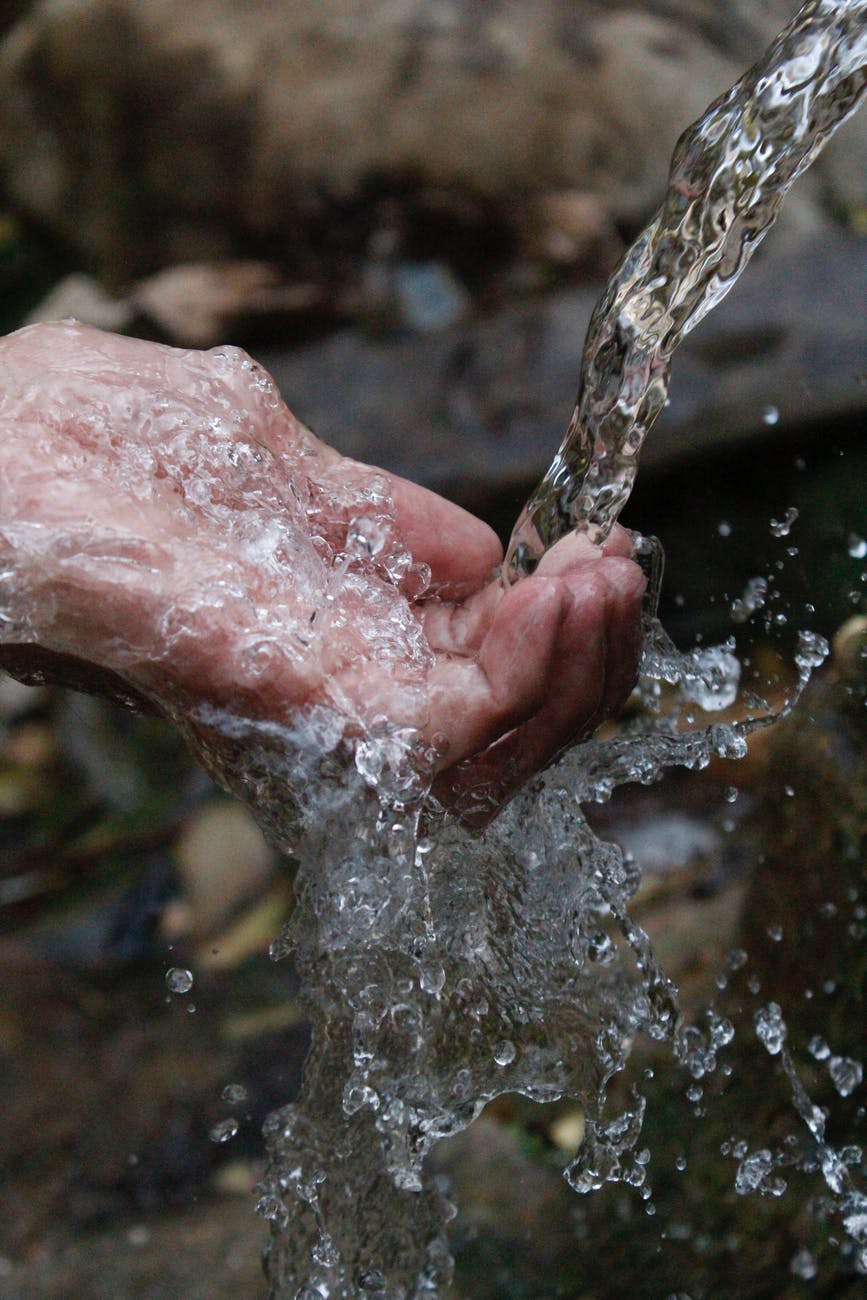
Having an ample supply of clean water is a top priority in an emergency. A normally active person needs to drink at least two quarts (half gallon) of water each day.
The CDC recommends Store at least 1 gallon of water per person per day for 3 days for drinking and sanitation.
In addition to having stored water, you will need to know ways to obtain clean drinking water under the worst conditions. For more information, check out my post, Water -SHTF Backup Plan.
3 Weeks Without Food – Emergency Food Pantry
An emergency food pantry is basically an area of your home where you can store non-perishable foods and items that will help you survive emergency conditions.
At minimum, your emergency kit should have 3-days worth of food. The goal is to have enough food in your home to last a few weeks or more to ride out any storm.
Fore more information check out my post, How To Build A Food Stockpile.
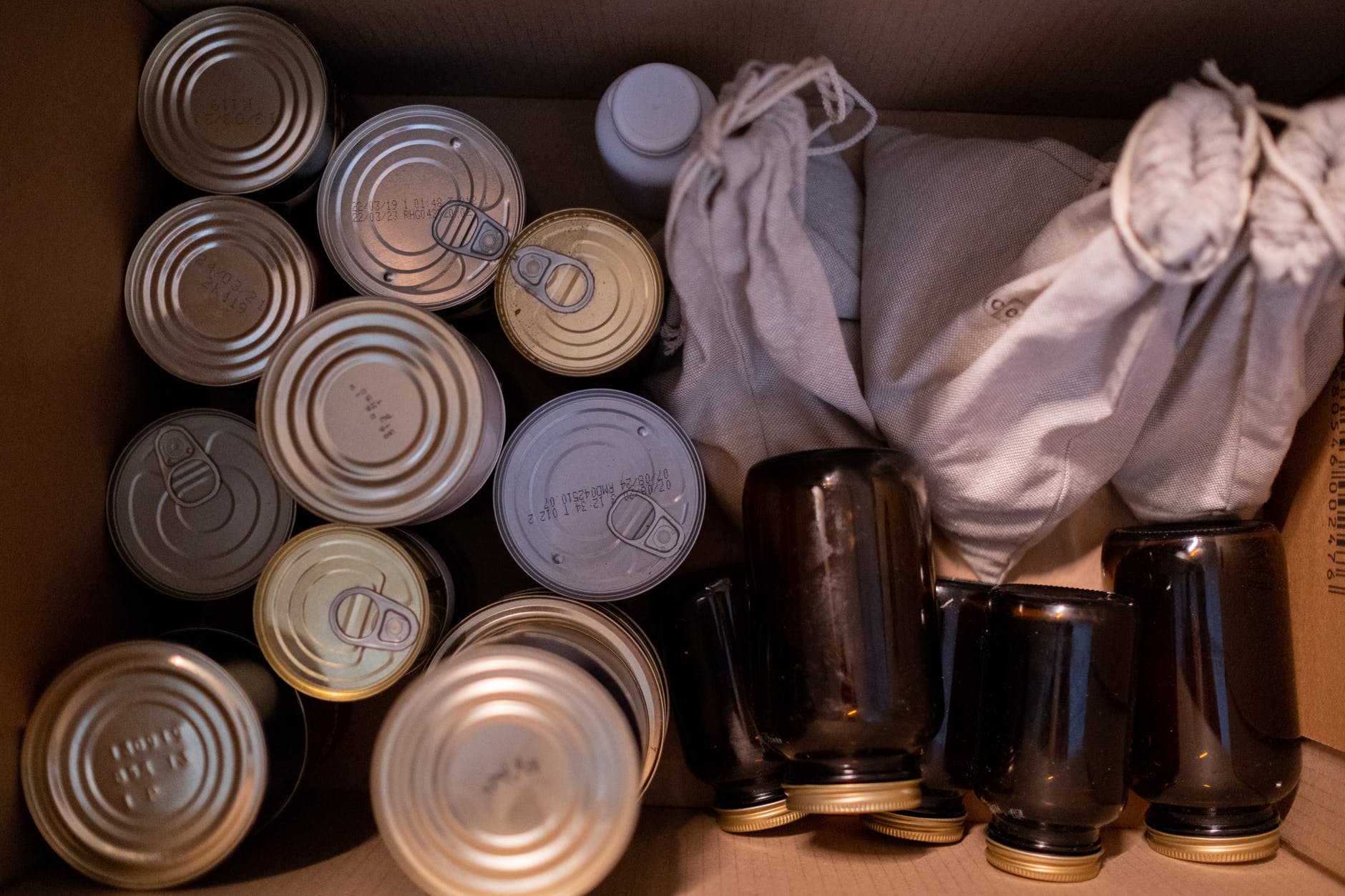
In Conclusion
Whether you are planning an outing, hiking, camping, adventure, survival equipment, emergency preparedness kits, disaster aid supplies, and more, remember the Rule of 3’s. Knowing your priorities can men the difference between surviving or not
Keep in mind that we may receive commissions when you click our links and make purchases. However, this does not impact our reviews and comparisons. We try our best to keep things fair and balanced, in order to help you make the best choice for you.
